Science in the media
-
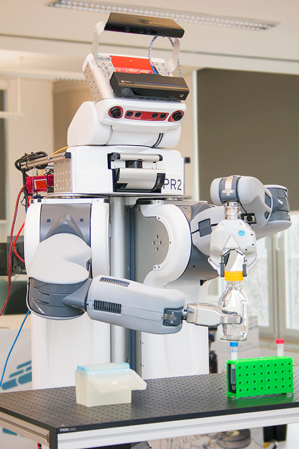
Robots Learn to Make Pancakes from WikiHow Articles
Researchers at a European project are teaching robots to use written text to learn how to perform tasks.
-
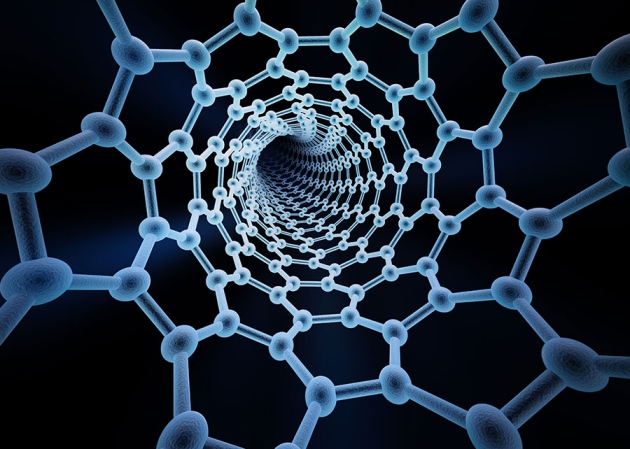
Nanotube implants show diagnostic potential
Devices could track insulin levels in the body or sniff out cancerous cells.
-

¿Existe realmente el libre albedrío?
Posiblemente sea el experimento más famoso en neurociencia. En 1983, Benjamin Libet desató una controversia con su demostración de que nuestra sensación de libre albedrío podría ser una ilusión. Y […]
-
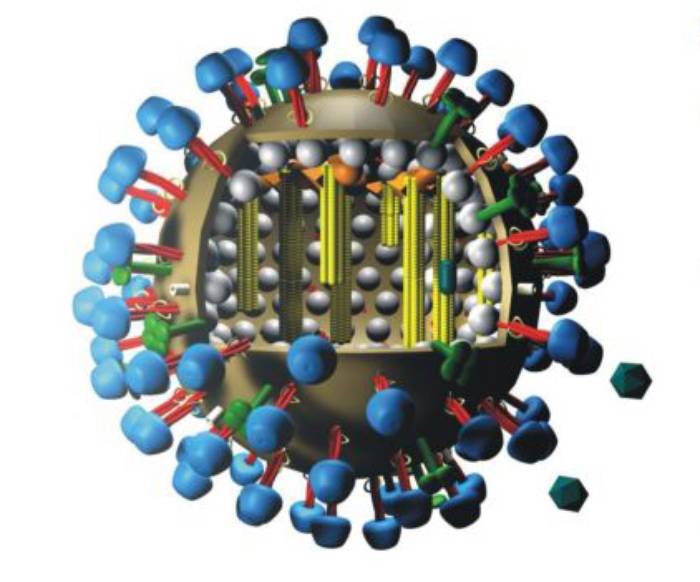
Gripearen txerto unibertsala lortzeko bi saiakera itxaropentsu
Elkarren artean zerikusirik ez duten bi ikertzaile-taldek gripearen aurkako txerto unibertsala lortzeko pausoak eman dituzte, eta biek aldi berean eman dituzte jakitera emaitzak, batzuek Nature Medicine aldizkarian, eta besteekSciencen.
-

Robotic Flyers: The Future of Space Exploration?
Flying robot explorers could one day grace the skies of other worlds. Quadcopters, the four-propeller drones that have become a familiar sight in terrestrial skies, may be the next big […]
-
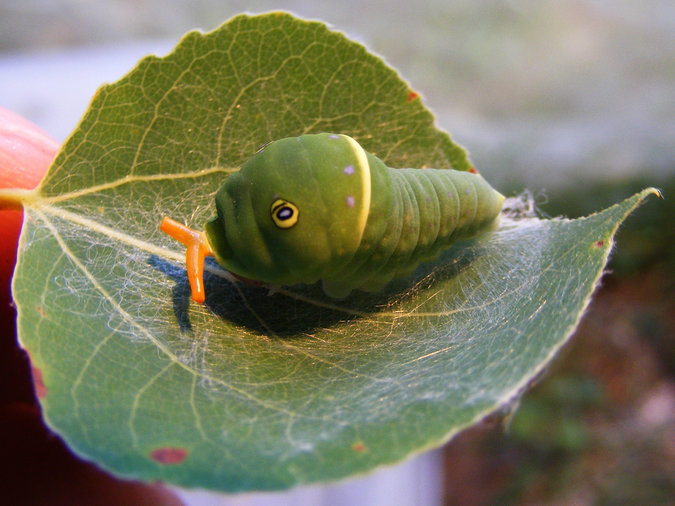
Evolving a Defense, Mimics Save Themselves
The Canadian tiger swallowtail caterpillar is a plump green creature that spends all its time munching leaves. It ought to be an easy meal for a bird, yet many birds […]
-

New electric storage material could put more zip in your Tesla
The next electric car you buy might have a little extra zip. That’s because researchers have developed a new electric storage material that’s among the best at holding large amounts […]
-
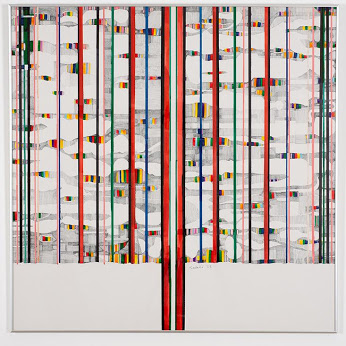
Un algoritmo predice el movimiento de los ojos
Investigadores del Centro Singular de Investigación en Tecnoloxías da Información, en Santiago de Compostela, han desarrollado un algoritmo para anticipar las zonas de una imagen a las que dirigirá su […]
-
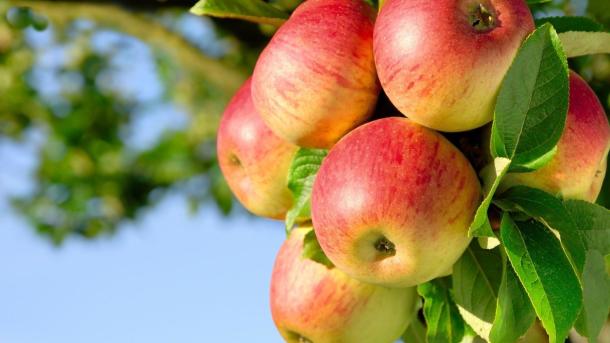
Cinco momentos cruciales para la ciencia que no ocurrieron como piensas. Noticias de Tecnología
Algunos de los instantes más importantes en la historia de la ciencia sucedieron de una forma diferente… o no tuvieron lugar en absoluto. El tiempo ha transformado estas anécdotas en […]
